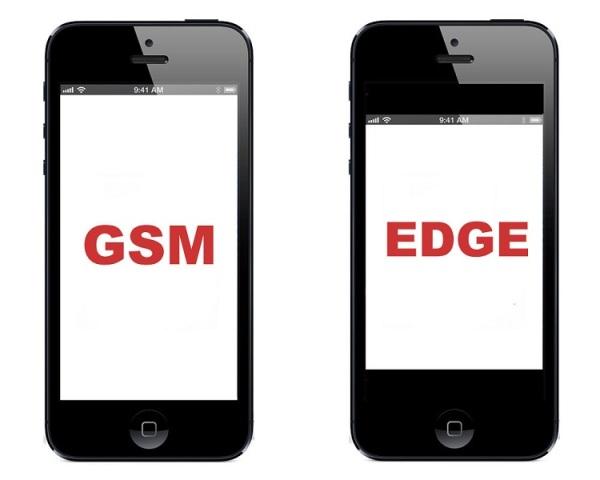If you are a mobile lover, then you must be aware of the difference between GSM and EDGE networks. For others, navigate through this write-up and find out what is the difference between GSM and EDGE.
GSM Vs EDGE
Over the last ten years, the mobile technology has grown explosively shifting from analog to digital in a short span of time. And by persistently adding new features to a telephone, the entire world has been shrunk into a mobile phone. Right from making a phone call to a far-off place to playing latest games, downloading newest songs, or even indulging in video chatting, the features of a mobile phone have been increasing drastically. Amongst all, the most prominent feature that a mobile phone has been accessed with is the internet. From the age-old GSM network to the more advanced EDGE, the technology is getting better each day. While EDGE is the extension of GSM, the two definitely offer some different features to its users. Plunge into the following lines to find out the major differences between GSM and EDGE networks.

Difference Between GSM And EDGE Networks
- Global System for Mobile Communications, or GSM as it is popularly known, is the standard network adopted by most countries for mobile telephony. Entering in the field of communications in 1981, GSM was created by the Groupe Spécial Mobile to create a mobile technology throughout Europe only to be accessed by over 80% mobile phone users across the globe today. Every service provider has been allotted a network on the GSM network through which you connect to other person while making a call.
- EDGE, also known as Enhanced Data for Global Evolution or Enhanced GPRS, is a backward-compatible extension of GSM introduced in the market in 2003. Built upon the GSM network, EDGE is faster than its older version GSM.
- GSM network is classified as 2G network, while EDGE is known as 2.75G although it completes the requirements of 3G network.
- Considering the two networks, since EDGE is an improved version of GSM, it offers better and faster services to its users. For people who access the mobile for various other purposes, apart from calling and texting, such as internet surfing, downloading content, live streaming, and uploading content, EDGE proves to be highly useful. For regular users who use their handsets only for calling and messaging, EDGE as compared to GSM again proves to be better as it provides these facilities at faster speed.
- To utilize the services of EDGE, both the phone and network should support EDGE, else the phone will automatically revert to GPRS. However, to avail GSM services, you only need to have the appropriate network without worrying about the handset you choose.
- Further, any phone running on EDGE will automatically run on GSM also. Thus, if your phone connects on EDGE, you can avail the services of GSM at no extra cost.
- In the battle of GSM vs. EDGE, EDGE comes out as the clear winner. EDGE was introduced to increase the speed of the data being transferred on GSM network. But apart from increased speed, it comes along with other facilities, such as improved wireless data applications, wireless multimedia content, web infotainment services, video conferencing, and web-based email services.
To sum up, the enhanced edition of GSM known as EDGE is a better network to opt for. The above mentioned facts must have made the difference between GSM and EDGE clear to you.
See also
- Cameras | Computers | Gaming Devices | HTC Mobiles | How To Do | Internet | Ipods & MP3 Players | LG | Laptops | Mobile Phones
More from iloveindia.com
- Home Remedies | Ayurveda | Vastu | Yoga | Feng Shui | Tattoos | Fitness | Garden | Nutrition | Parenting | Bikes | Cars | Baby Care | Indian Weddings | Festivals | Party ideas | Horoscope 2015 | Pets | Finance | Figures of Speech | Hotels in India : Delhi | Hyderabad | Chennai | Mumbai | Kolkata | Bangalore | Ahmedabad | Jaipur
- Contact Us Careers Disclaimer Privacy Policy Advertise With Us Lifestyle Sitemap Copyright iloveindia.com. All Rights Reserved.





